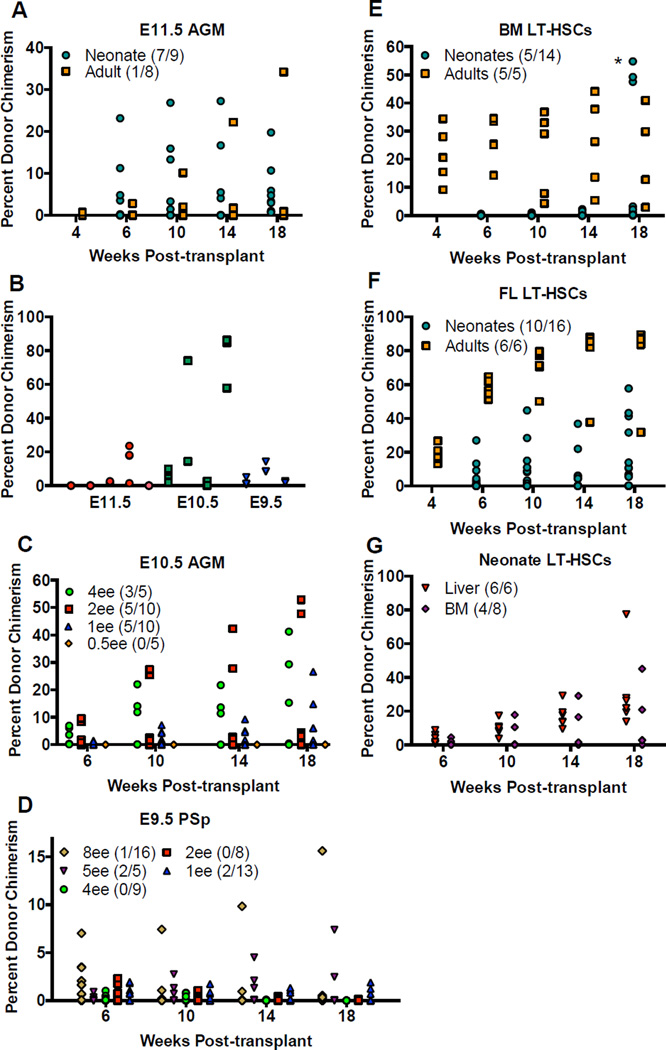Figure 1. Neonates are only more permissive for engraftment of early embryonic HSCs.
A) Adult (square) and neonatal (circle) recipients were both transplanted with 1ee of whole E11.5 AGM. Also see Figure S2. B) Secondary transplants were carried out for primary recipients engrafted with early embryonic HSCs. Neonatal recipients were transplanted with limiting doses of C) whole E10.5 AGM and D) whole E9.5 PSp. Also see Figure S1. E) Neonatal (circle) and adult (square) recipients were transplanted with 100 adult BM LT-HSCs. *While in 3 neonatal recipients we detected a robust signal in the peripheral blood at a single time point of 18 weeks in one experiment, substantially lower donor chimerism was observed in these mice at the next time point of 23 weeks, and no other experiments showed this phenomenon, leading us to conclude that these data may have been a spurious experimental artifact. F) Neonatal (circle) and adult (square) recipients were transplanted with 100 E14.5 FL LT-HSCs. G) Neonatal recipients were transplanted with 50 neonatal liver LT-HSCs (triangle) and 50 neonatal BM LT-HSCs (diamond). The numbers in the graph legends reflect the number of animals engrafted over the number of animals transplanted.

